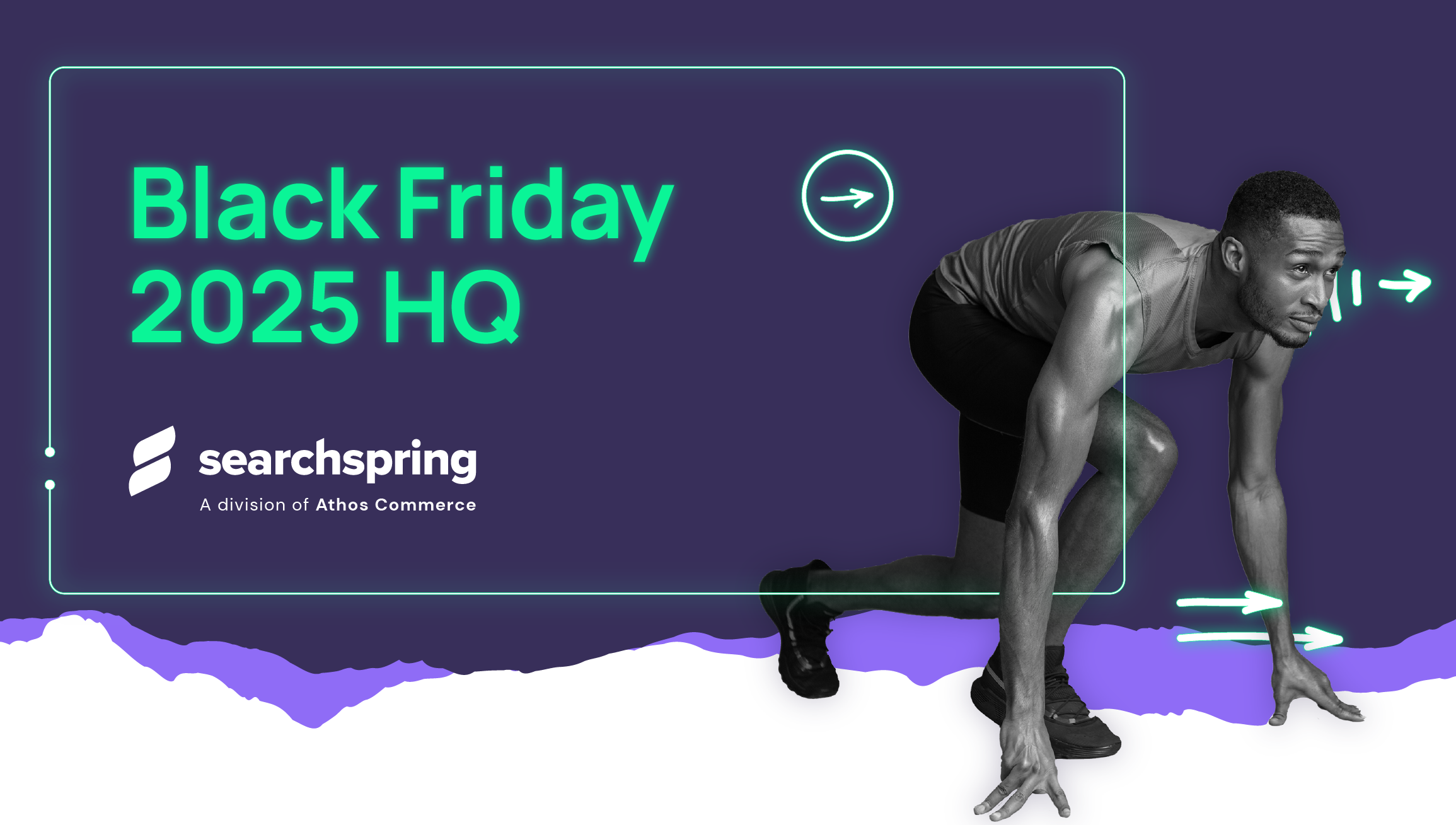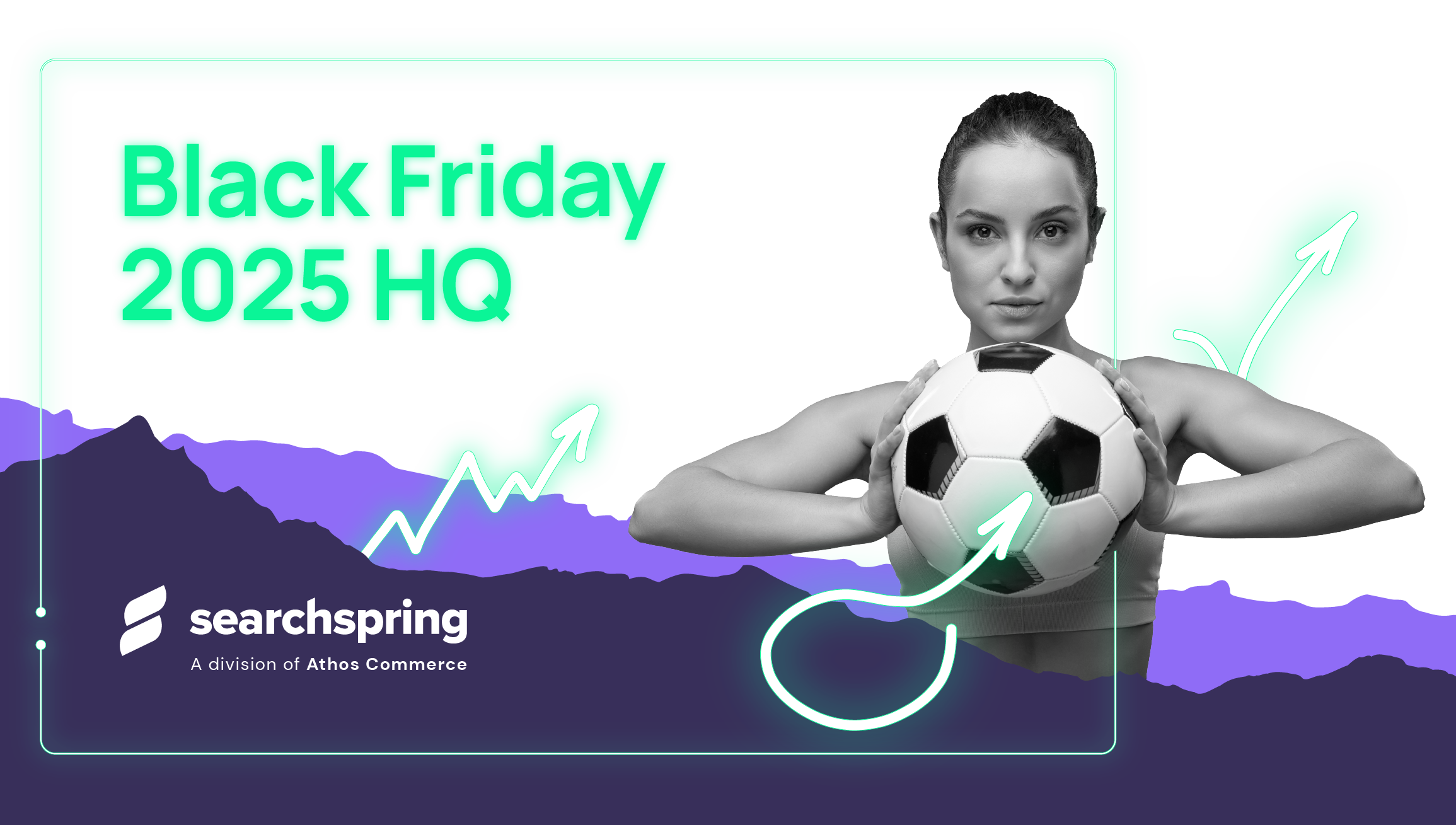– Black Friday / Cyber Monday Content – On January 26th at 12pm EST/9am PST, Searchspring hosted a 1-hour live webinar called Ecommerce Predictions for 2022 with an expert panel from Yotpo, CQL, Gifts For You, and Searchspring where we reflected on the hottest features used by ecommerce leaders in 2021 and provided recommendations on the must-haves for your ecommerce website in 2022.
Ecommerce Predictions for 2022 Webinar
Just like that, 2021 is behind us. But, we can learn a thing or two from the last year. While consumers continued to normalize in their preference to do their shopping online, consistent trends began to emerge across eTail leaders. As we begin the 2022 journey, we need to take a look into the trends and distill that information into actions, must-haves or “hot-ticket” items, to put into your ecommerce site roadmap. We’ve done just that!
To help you best understand what is most important for your organizations, we broke it down:
- Reflected on the hottest trends and features among ecommerce leaders in 2021
- Provided 10 recommendations on the must-haves for your ecommerce site in 2022
- Gave examples, grades on ease of implementation, expected timelines, and other commentary to help you prioritize your roadmap
Ready to optimize your site for 2022?





